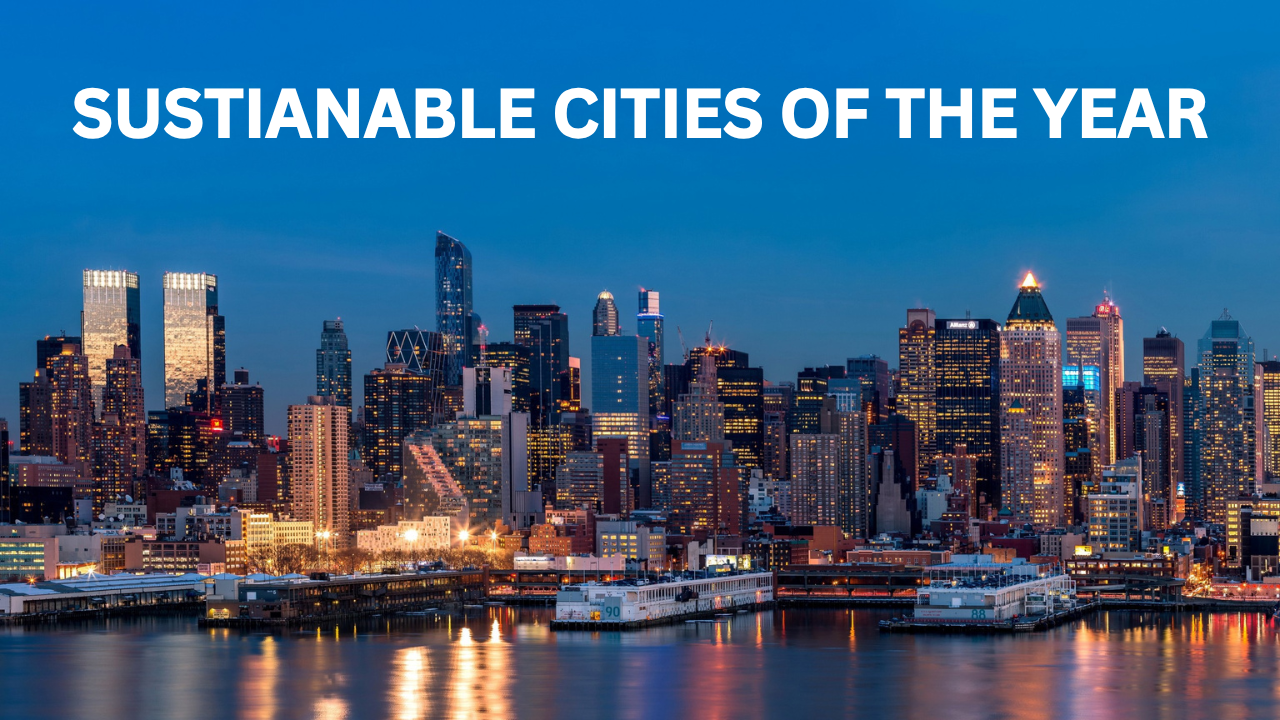The concept of sustainable cities envisions urban environments that balance growth with environmental stewardship ensuring a high quality of life for present and future generations as global populations increasingly concentrate on city challenges such as resource depletion pollution and climate change demand innovative solutions sustainable cities aim to integrate green technologies efficient infrastructure and inclusive policies to address these pressing issues they emphasize renewable energy public transportation and smart city technologies to reduce carbon footprints while promoting economic growth at their core sustainable cities prioritize social equity fostering communities.
By designing urban spaces that harmonize with nature such as green buildings parks and clean water systems these cities can mitigate environmental impacts and enhance urban resilience against climate shocks collaborative efforts among governments businesses and citizens are key to realizing this vision of sustainable cities of the future represent not just a necessity but a commitment to a more equitable livable and environmentally conscious world through thoughtful planning and innovation.
Key Components of Sustainable Cities:
Sustainable cities are built on a foundation of interconnected components that work together to create urban environments that are efficient resilient and equitable one of the most critical aspects is the green infrastructure which incorporates renewable energy systems eco-friendly buildings, and sustainable water and waste management this minimizes resource depletion and reduces environmental impact efficient public transportation system are another cornerstone designed to lower traffic congestion and pollution while providing affordable and accessible mobility urban planning prioritize smart growth focusing on mixed-use development walkable neighborhoods and strategic land use to minimize urban sprawl and promote community interaction.
Social equity is another essential component ensuring access to affordable housing healthcare education, and employment opportunities through smart city technologies technological integration enable data-driven solutions for energy efficiency public safety, and urban management sustainable cities emphasize community engagement and government encouraging active participation from citizens businesses and policymakers to co-create resilient urban systems these components form a holistic approach that addresses environmental social, and economic challenges paving the way for adaptable and thriving cities in the face of future demands.
Innovative Urban Planning Strategies:
Innovative urban planning strategies focus on creating sustainable inclusive and adaptive cities that address the challenges of rapid urbanization climate change, and evolving social needs these approaches prioritize mixed-use development residential commercial and recreational spaces coexist to reduce commuting times and promote vibrant communities emphasis is placed on green infrastructure such as urban forests green roofs, and permeable pavements which mitigate environmental impacts enhance biodiversity and improve air quality.
Public spaces are designed to be accessible and inclusive fostering social interactions and community engagement trans-oriented development connects people through reliable public transportation reducing dependence on private vehicles and lowering carbon emissions collaborative planning involving stakeholders from local governments to residents ensures that urban designs reflect diverse perspectives and address long-term needs these strategies aim to create cities that are resiliently equitable and prepared for future challenges.
Technological Advancements:
Technological advancements have transformed the way we live, work, and interact driving progress across nearly every aspect of society innovations in artificial intelligence automation and machine learning have revolutionized industries enabling faster decision-making enhancing productivity, and creating smarter systems capable of adapting to complex challenges breakthroughs in renewable energy technologies such as solar panels wind turbines and energy storage systems are accelerating the transition in communication technologies from 5G networks to satellite internet and have bridged gaps across the globe fostering connectivity and enabling real-time collaboration.
In healthcare developments like gene editing telemedicine and wearable devices are improving patient outcomes and democratizing access to care emerging fields such as quantum computing and nanotechnology hold immense potential to solve problems once considered insurmountable despite these achievements ethical considerations and regulations frameworks are crucial to ensure that technological progress benefits humanity equitably while minimizing unintended consequences these advancements continue to reshape our world offering unprecedented opportunities to improve quality of life and address pressing global challenges.
Green Infrastructure:
Green infrastructure represents an innovative approach to urban development blending natural and engineered systems to address environmental social and economic challenges while enhancing urban resilience it involves integrating features such as green roofs rain gardens urban forests and permeable pavements into cityscapes to manage and reduce urban heat islands and improve air and water quality unlike traditional gray infrastructure which focuses on hard engineering solutions green infrastructure emphasizes sustainability by mimicking natural processes this approach supports biodiversity provides habitats for wildlife and creates aesthetically pleasing spaces for community recreation and mental well-being.
Green corridors and parks act as carbon sinks improving urban air quality while promoting active lifestyles and social interaction these systems play a crucial role in climate adaptation reducing flood risks and mitigating the effects of extreme weather events by fostering a balance between development and natural green infrastructure not only addresses environmental concerns but also contributes to healthier more livable and equitable cities proving to be a cornerstone of sustainable urban planning.
